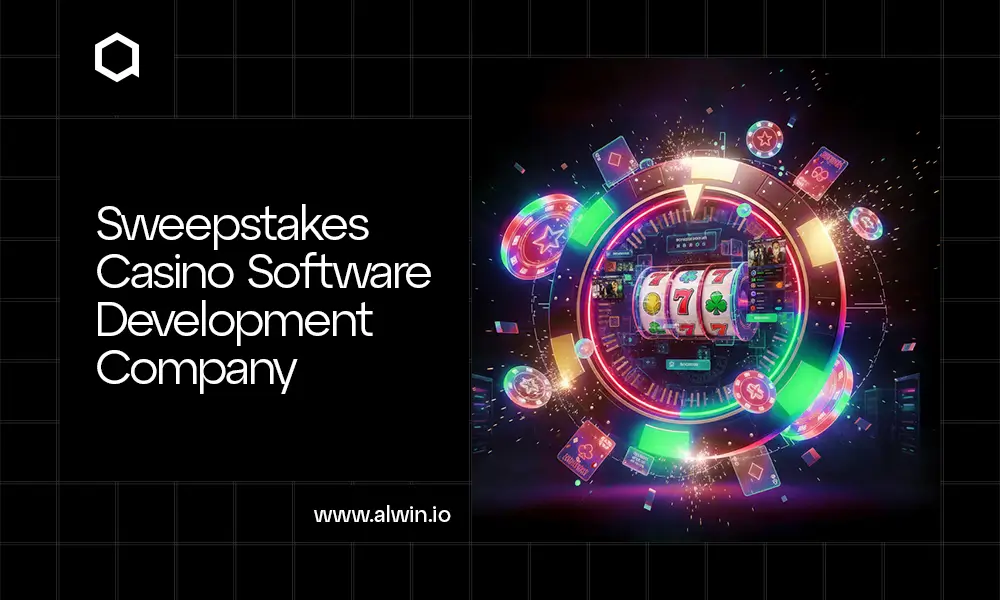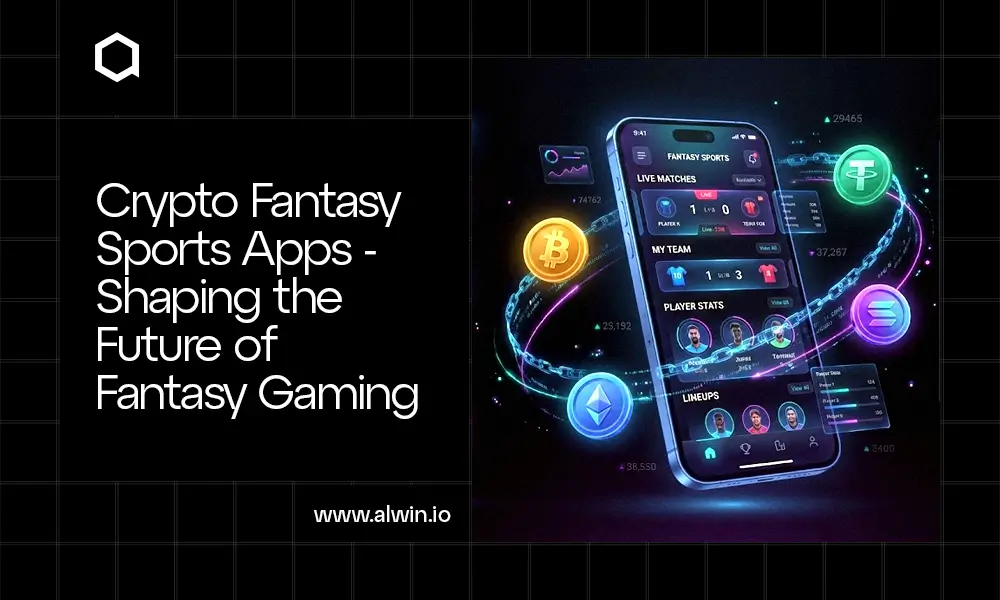Ethereum is a renowned cryptocurrency that introduced the theory of smart contracts and tokenization with more accuracy. But, there has been a negative indiction over ethereum transactions. Yes, despite all the good things and innovative ideas ethereum had brought up to digital finance, it is accused of high gas fees. To be explicit, ethereum gas fees are way higher.
It is known that Etherum 2.0 will have more advantages and reduce gas fees. Before that, the Ethereum team has introduced Layer2 Rollup solutions that can reduce the gas fees and facilitate the ethereum mainnet transactions thereby increasing the transaction speed more effectively.
This blog is all about Layer2 rollup solutions and their significance in enhancing the ethereum functions.
What is Layer2 Rollups?
Layer2 is a supportive program or application that facilitates the layer 1 - Ethereum mainnet thereby helping the transactions get conducted more faster and efficiently without getting slow, so that the gas fees do not increase.Transaction speed gets a hit if the transaction network is busy thereby increasing the gas fees to conduct the transaction.
This makes the user experience in some of the decentralized applications very poor. In order to increase the transaction speed and facilitate the transactions, there is a need for an additional layer that demands the functioning of Layer2 rollups.
Wait, what is rollup?
Rollups executes the transaction outside of the Ethereum mainnet chain thereby facilitating the post-transaction in layer 1. In layman language, it secures the transaction conducted in layer 1 and performs execution functions outside layer 1. It also secures the data in layer 1 thereby providing utmost security.
The properties of Rollup are
1) Executes the transactions outside layer 1.
2) Secures the transactions in layer 1.
3) Creation of a rollup smart contract in layer 1 by using the data processed and execute the transaction in layer 2.
Types of Rollups
With such a wide and extensive functionality, the rollups come in two major types with unique and specific functionalities
1) Zero-knowledge rollups
2) Optimistic rollups
Zero-Knowledge rollups
It is a cryptographic authority or proof to be precise that transfers or roll up hundreds of off-chain transfers and it is posted in the layer 1 chain.
The smart contract in the zero-knowledge rollup will manage the transfers in layer 2 with the help of the validity proof created in the off-chain.
Zk rollup will help you validate the block transactions efficiently and quickly because they require very little data to do so.
As the zk rollup has verified the funds, you can move the funds from layer 2 to layer 1 and vice versa.
Zk rollups help to reduce the size of the transaction thereby helping the conduction of business faster.
Challenges
1) They do not have EVM (Ethereum Virtual Machine) support
2) They are intense to operate and they are not efficient for on-chain activities.
Optimistic rollups
Optimistic rollups function parallel to the Ethereum mainnet in layer 2 solution. They do not conduct any computational activities but they play a significant role in enhancing scalability. Improving scalability factors will automatically increase the expansion of the network for more users and hence the transactions would be faster and efficient.
Optimistic rollups function on the basis of calldata, which is the significant function that runs on the ethereum mainnet thereby helping to reduce the transaction cost and gas fees.
You know what, Optimistic rollups can give 10 times to 100 times improvement in the scalability thereby enhancing the functionality of the ethereum network as a whole. If share chains are used, the transaction speed and scalability would even more increase.
So, among the two types, Optimistic rollups are the most effective and the best layer2 solutions that can improve the functionality of the ethereum mainnet.
Layer2 scaling
Most layer 2 solutions are revolving around the function of the server or group of servers, which are denoted by the name of the node, sequencer, validator, block producer, or other notable similar terms. Based on the implementation, Businesses or entities run the layer 2 nodes and use them with the help of a 3rd party operator, or by a large group of individuals (similar to mainnet). Normally speaking, transactions get produced to these layer 2 nodes instead of getting submitted to the layer 1 node (mainnet). The layer 2 batches them into groups before connecting them to layer 1 which is secured and cannot be altered. The details of how this is done vary significantly between different layer 2 technologies and implementations.
Top rollup solutions for Layer2
The layer2 works significantly on the basis of rollup solutions. Most preferably, three solutions make the functioning more efficient for ethereum transactions. They include
1) Optimism
2) Arbitrium
3) Metis
These three of them have similar functionalities but they differ slightly based on the implementation criteria. They have a specific implementation protocol in which they assist in conducting the transactions. Let us know about each of them
Optimism - This helps in leveraging all the existing tools in the ethereum and hence helps in emerging the scalability and the entire functionality of the ethereum token and the layer 2 solution. It replaces the context-dependent virtual machine (VM) to a modifiable VM. IT helps in managing the smart contract adoption and transition between L1 and L2. For rollup operations, it uses Geth client as a single sequencer. The sequence of the contract needs to be into the collateral and staked into the contract.
Aribitrium - It adopts the Arbitrum Virtual Machine It plays a significant role in running layer 2 contracts and helps the ethereum ecosystem to maintain the state, which is organized as Merkel tree, and the transitions and their executions are done in this merkel tree. For its rollup architecture, the arbitrum has a single on-chain contract-based rollup chain for its protocol. New transactions in L2 trigger an update of the state of this Merkle Tree that stores every state in the chain. Optimism uses several L1 smart contracts for the construction of L1 and execution at the L2 stage, the Arbitrum rollup construction at L1 is based on the storage in L1 based on the history of state roots that proceeds with the state of the L2 chain.
Metis - The Metis is made from an EVM-based virtual machine - The Metis VM. This VM is different from the above two because of its “Decoupling architecture”. They introduce the concept called “Decentralized Autonomous Companies (DAC), which in turn, the key operation of Metis. DAC shares all the functions of the Metis L2 computing layer on an individual basis allowing it to scale it up and down based on the production of the decentralized blocks. Unlike Arbitrum, the roll-up construction of the Metis layer is done not by the single sequencer, but by the pool.
Final words
Layer 2 rollup solutions is really a lifesaver for the etherum ecosystem users as it will greatly reduce the gas fees, improve the functionality thereby increasing the scalability and transaction efficiency.



